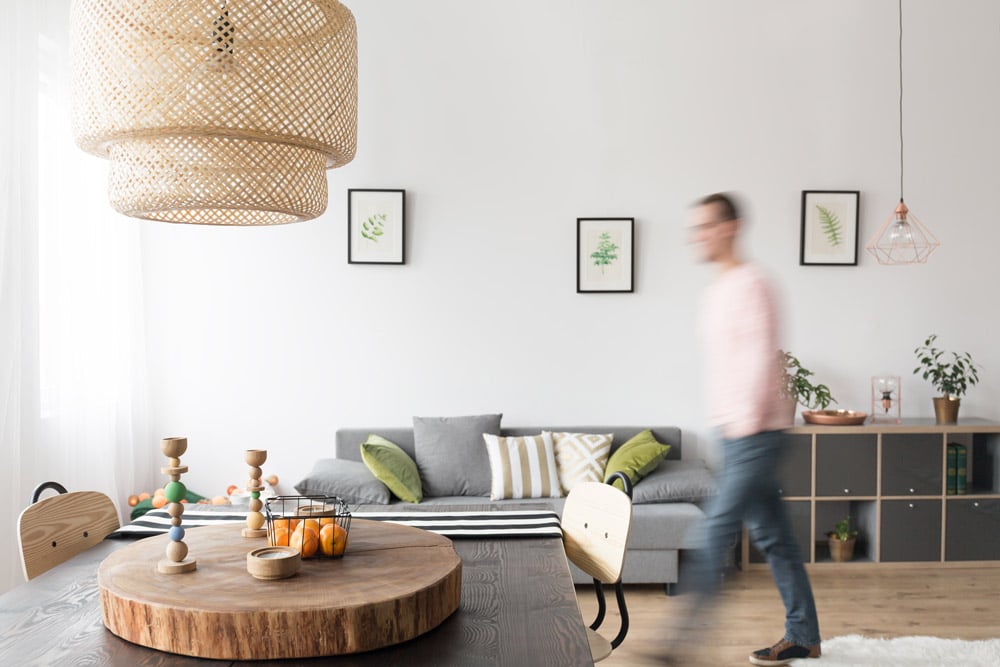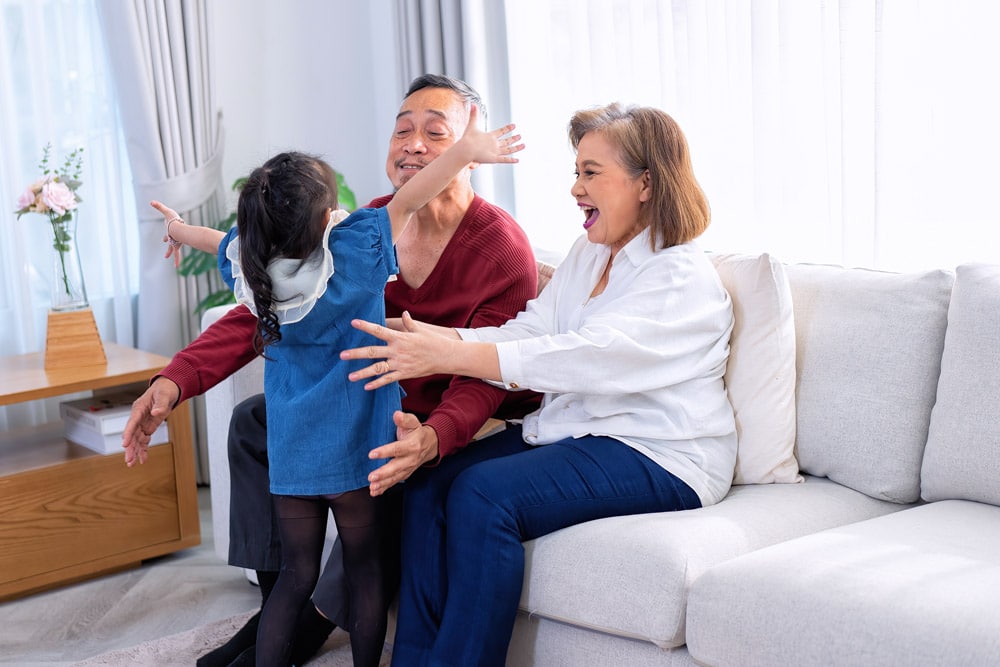
A happy home life should be something everyone can enjoy, including people with vision loss. According to the National Eye Institute, 4.2 million Americans over age 40 live with visual impairment. That number is projected to rise to 7.2 million by 2030, including 5 million who will experience low vision.
Low vision refers to visual impairment that cannot be corrected with standard glasses, contact lenses, medication, or surgery. While it can pose challenges in daily life, a few simple home adjustments can make a significant difference in maintaining independence, comfort, and safety.
In honor of Low Vision Awareness Month, here are seven easy home modifications that can support individuals with low vision.
1. Eliminate Hazards
Reducing risks around the home is the first step toward safer mobility. The American Foundation for the Blind offers these helpful suggestions:
-
Arrange furniture with clear walking paths
-
Add lighting near key pieces of furniture
-
Choose furniture with textured surfaces for tactile clues, and avoid confusing patterns
-
Use brightly colored items (like vases or lamps) to help identify furniture locations
-
Replace worn carpets and remove or tape down loose rugs
-
Keep electrical cords out of walkways or secure them with tape
-
Avoid waxing floors; use non-skid, non-glare cleaners
-
Push in chairs under tables and desks
-
Keep large furniture away from foot traffic areas
Also, try to maintain a clutter-free space. Avoid hanging items on walls or leaving things on the floor that could cause confusion or injury. If helpful, install grab bars for added support.
2. Use Color and Contrast
High contrast and bold color choices can help individuals with low vision better distinguish everyday objects. The Shirley Ryan AbilityLab recommends using contrasting colors for appliance handles, knobs, and measuring tools.
Additional tips:
-
Place light objects against dark backgrounds
-
Choose door handles with a contrasting color
-
Paint doorframes in bold colors to help identify entrances
-
Mark the edges of stairs or ramps with tape or brightly colored paint
Bright colors like red, orange, and yellow are typically easier to see than pastel shades. Darker colors (like brown, navy, or black) may be harder to distinguish.
3. Improve Lighting
Good lighting is essential for people with low vision. Natural light is ideal, but adding task lighting and eliminating glare also makes a big impact.
Tips for better lighting:
-
Use floor and table lamps near reading or hobby areas
-
Direct light onto tasks, not toward the eyes
-
Replace burned-out bulbs regularly
-
Adjust mirrors to reduce glare
-
Install adjustable window coverings to control sunlight
-
Use at least 60-watt bulbs (or equivalent)
-
Try clamp-on lamps for extra light where needed
-
Add lighting to hallways and staircases
Experiment with different types of bulbs and consider dimmable lights for adjustable brightness throughout the day.
4. Reduce the Need for Reading
If reading is difficult, consider using symbols or color-coded systems to simplify everyday tasks.
Try these ideas:
-
Replace labels with symbols or color tape (e.g., mark appliance dials instead of using text)
-
Use large-print or high-contrast phones, timers, and books
-
Label bottles with the first letter of the item name and reuse them
-
Label clothing hangers with letters (e.g., “S” for shirts)
A black permanent marker works well for creating readable labels on household items and clothing.
5. Stay Organized
Staying organized means less guesswork and less searching. A consistent system allows people with low vision to find things easily.
Organization tips:
-
Use closet dividers for different types of clothing
-
Group laundry items with mesh bags or safety pins
-
Keep similar items grouped together (toiletries, food, tools)
-
Use clear labeling with large black lettering
Assign a dedicated spot for frequently used items—and always return them to the same place.
6. Use Smart Technology
Smart home tools can help make daily life more accessible. From voice-controlled thermostats to smart smoke detectors, technology can add both convenience and safety.
“Using voice commands for things like thermostats and other household devices can be very helpful for those who suffer from low vision,” says Dr. Debbie Duong of Barnet Dulaney Perkins Eye Center in Phoenix.
Here’s how to get started:
-
Survey your home for devices that could be voice-enabled
-
Choose a personal assistant (e.g., Alexa, Google Assistant)
-
Begin with simple upgrades like smart plugs or bulbs
-
Expand to smart appliances like refrigerators or ovens as needed
Your level of investment can be scaled to your needs and budget.
7. Keep Tasks Simple
The simpler the task, the safer it is—especially when sharp or hot tools are involved. Whenever possible, reduce complexity in daily routines.
Tips for easier living:
-
Choose pre-sliced foods or those requiring little prep
-
Use a microwave instead of a stove
-
Shave with an electric razor instead of a manual one
-
Try handheld magnifiers or glasses with high-powered lenses
Other helpful low vision tools include desktop magnifiers, electronic glasses, and accessibility features on smartphones or tablets.

A Safer, More Comfortable Home Is Within Reach
If you or someone you love is experiencing vision loss, you’re not alone—and you don’t have to navigate it alone either. Accessing the right resources can make all the difference.
Whether you’re looking for support groups, mobility training, assistive technology, or community programs, we can help connect you to blindness and low vision services across Arizona and beyond. Call 602-955-1000 or schedule an appointment at Barnet Dulaney Perkins Eye Center near you to get started with support, referrals, and expert care tailored to your needs.

